Wild strawberry (Fragaria vesca)
The Wild Strawberry (Fragaria vesca) is a small perennial plant in the Rosaceae family, widely known for its sweet, edible fruits. It grows naturally in temperate regions across the globe and is valued for its ecological, culinary, and medicinal uses. Often found in woodland clearings and meadows, the wild strawberry is a hardy plant that thrives in a variety of conditions.
Physical Description
- Size:
- Typically grows to 10–30 cm tall.
- Leaves:
- Bright green, trifoliate leaves with serrated edges and prominent veins.
- Grows in a basal rosette.
- Flowers:
- Small (1–2 cm in diameter) with five white petals surrounding a yellow center.
- Bloom from April to June.
- Fruits:
- Tiny, red, and cone-shaped with small seeds embedded on the surface.
- Juicy and aromatic, considered sweeter than cultivated varieties.
Growth and Habitat
- Found in a variety of habitats, including:
- Woodland edges and clearings.
- Grasslands and meadows.
- Roadside verges and garden borders.
- Prefers well-drained soil and sunny to partially shaded locations.
Reproduction
- Flowers:
- Pollinated by bees and other insects.
- Fruits:
- Dispersed by animals, particularly birds, that eat the fruit and excrete the seeds.
- Runners:
- Propagates asexually by producing stolons (runners), which root and form new plants.
Distribution
- Native to Europe, Asia, and North America.
- Adaptable to various climates, from temperate woodlands to alpine regions.
Uses
- Culinary:
- Fruits are eaten fresh, used in jams, desserts, or as flavoring in beverages.
- Medicinal:
- Leaves and roots have been traditionally used for their astringent and diuretic properties.
- Ornamental:
- Used as ground cover or in naturalized gardens for its attractive foliage, flowers, and fruit.
Ecological Role
- Food Source:
- Fruits provide nourishment for birds, small mammals, and insects.
- Pollinator Attraction:
- Flowers attract bees, butterflies, and other pollinators.
- Soil Stabilization:
- Dense root systems help prevent soil erosion.
Interesting Facts
- Ancient Cultivation:
- Wild strawberries have been gathered and enjoyed by humans since prehistoric times.
- Genetic Contribution:
- Contributed to the development of cultivated strawberry varieties (Fragaria × ananassa).
- Symbol of Love:
- In folklore, wild strawberries are sometimes associated with Venus, the Roman goddess of love.
Conservation Status
- Not Threatened, but populations can be impacted by habitat loss and overharvesting.
Summary
The Wild Strawberry (Fragaria vesca) is a delightful and versatile plant that offers beauty, flavor, and ecological benefits. Its adaptability and hardiness make it a treasured species in the wild and in cultivated settings, providing enjoyment and sustenance to humans and wildlife alike.
Visited 73 times, 2 visit(s) today
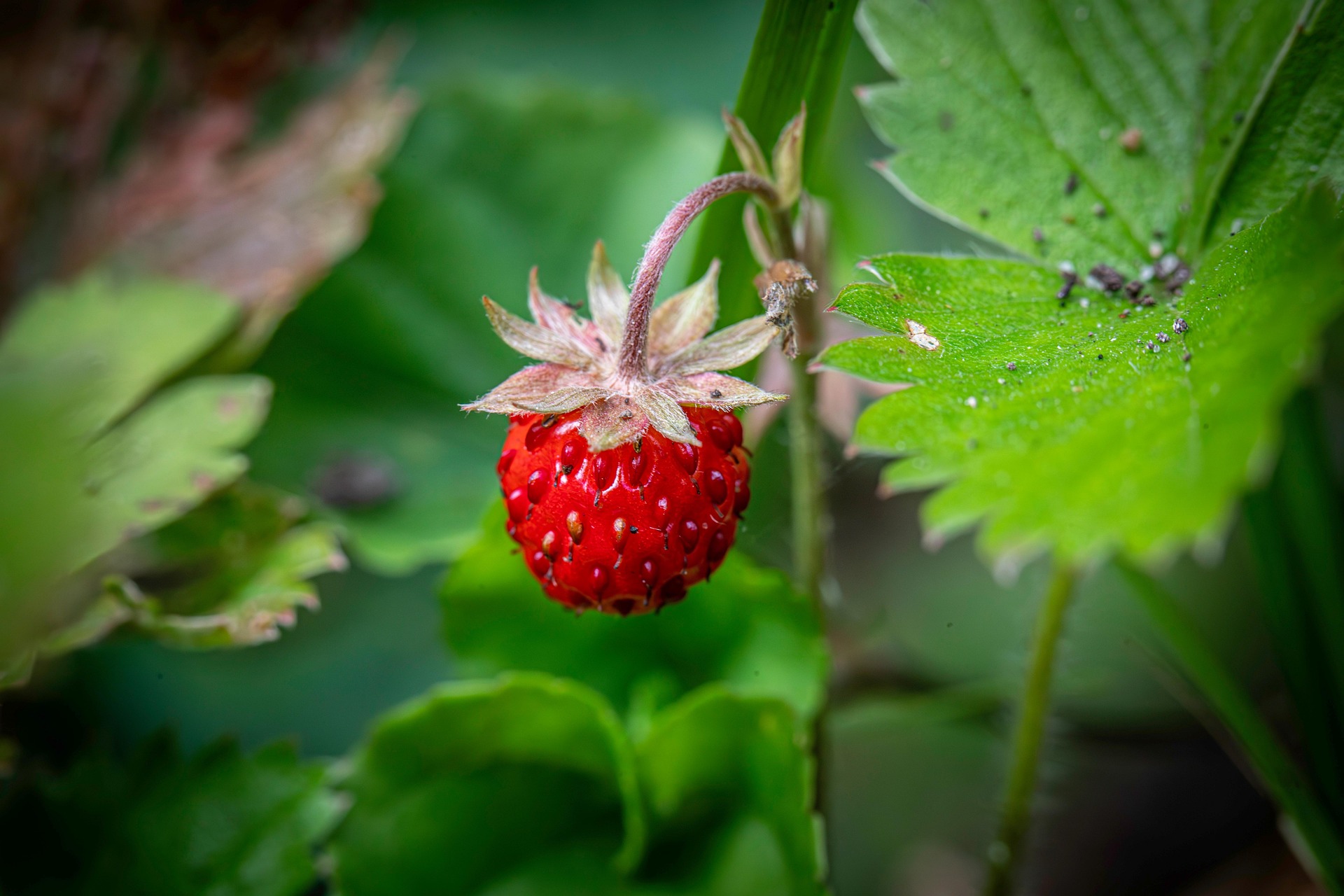
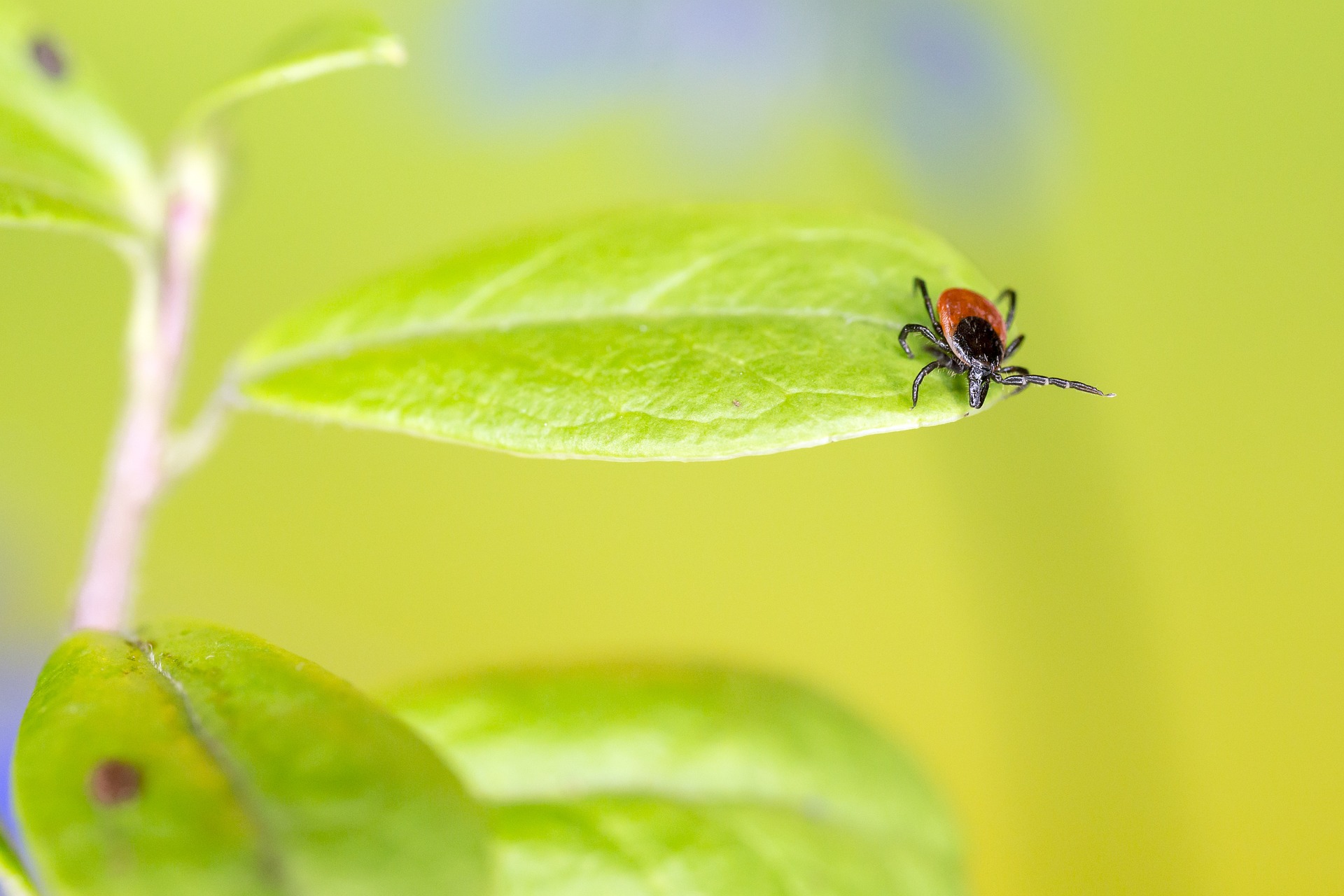
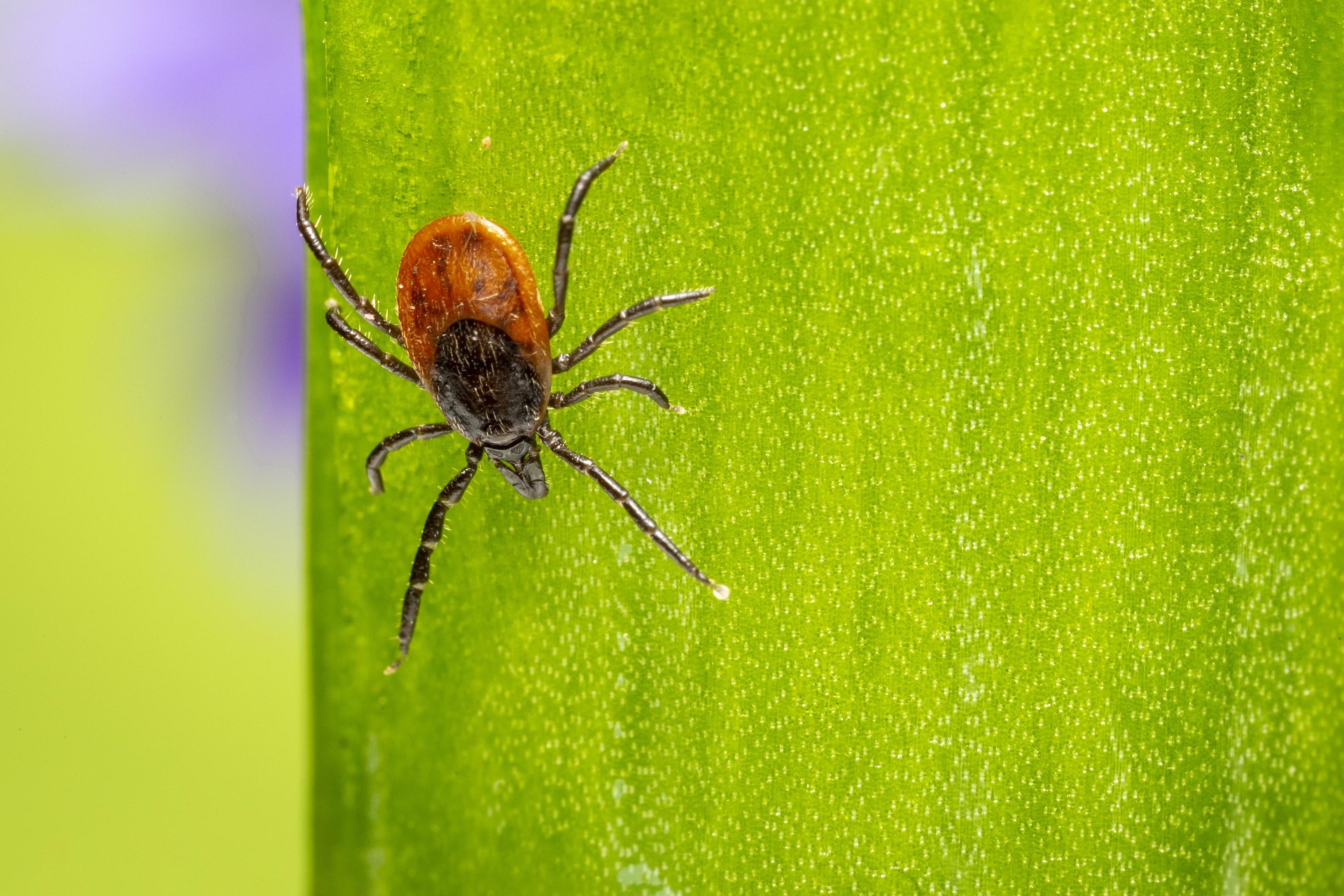

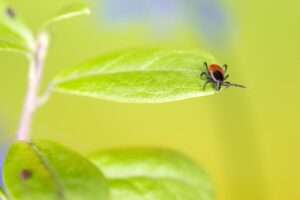
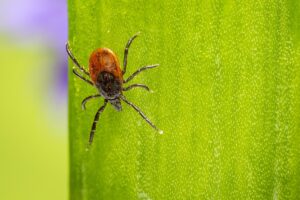
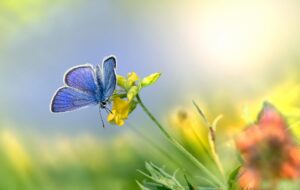
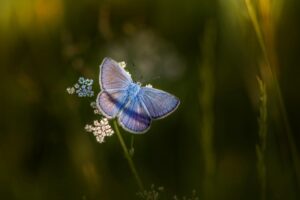
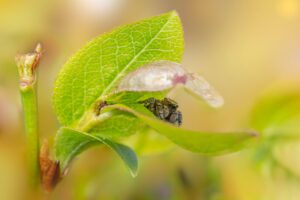
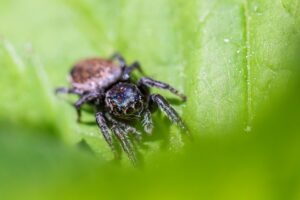
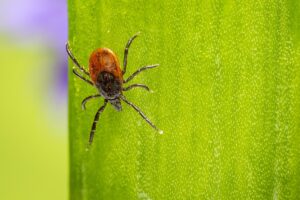
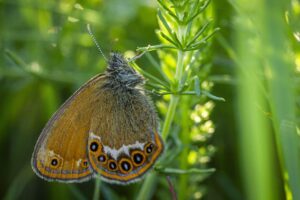
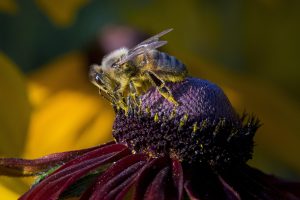
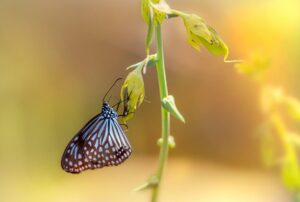
Post Comment